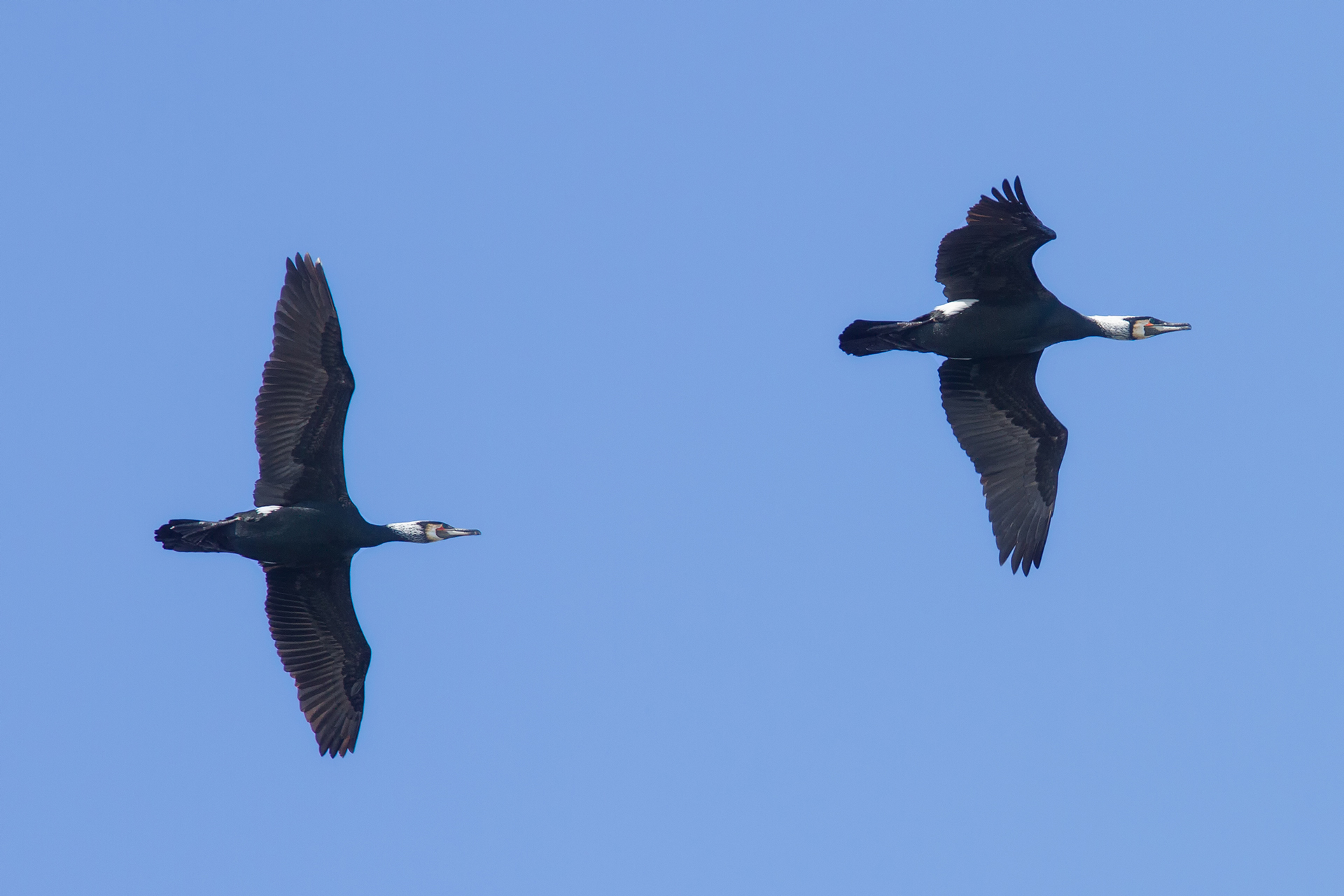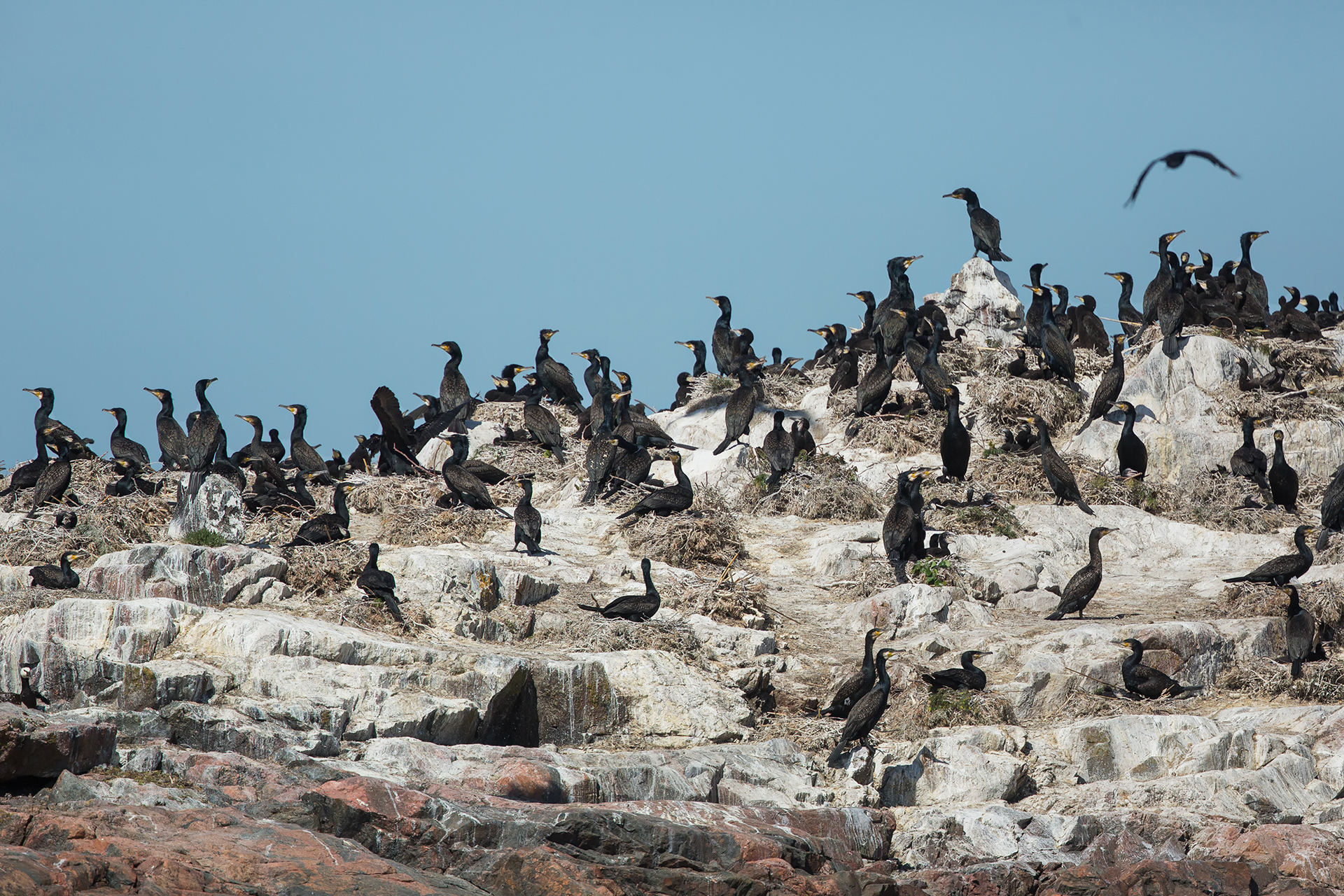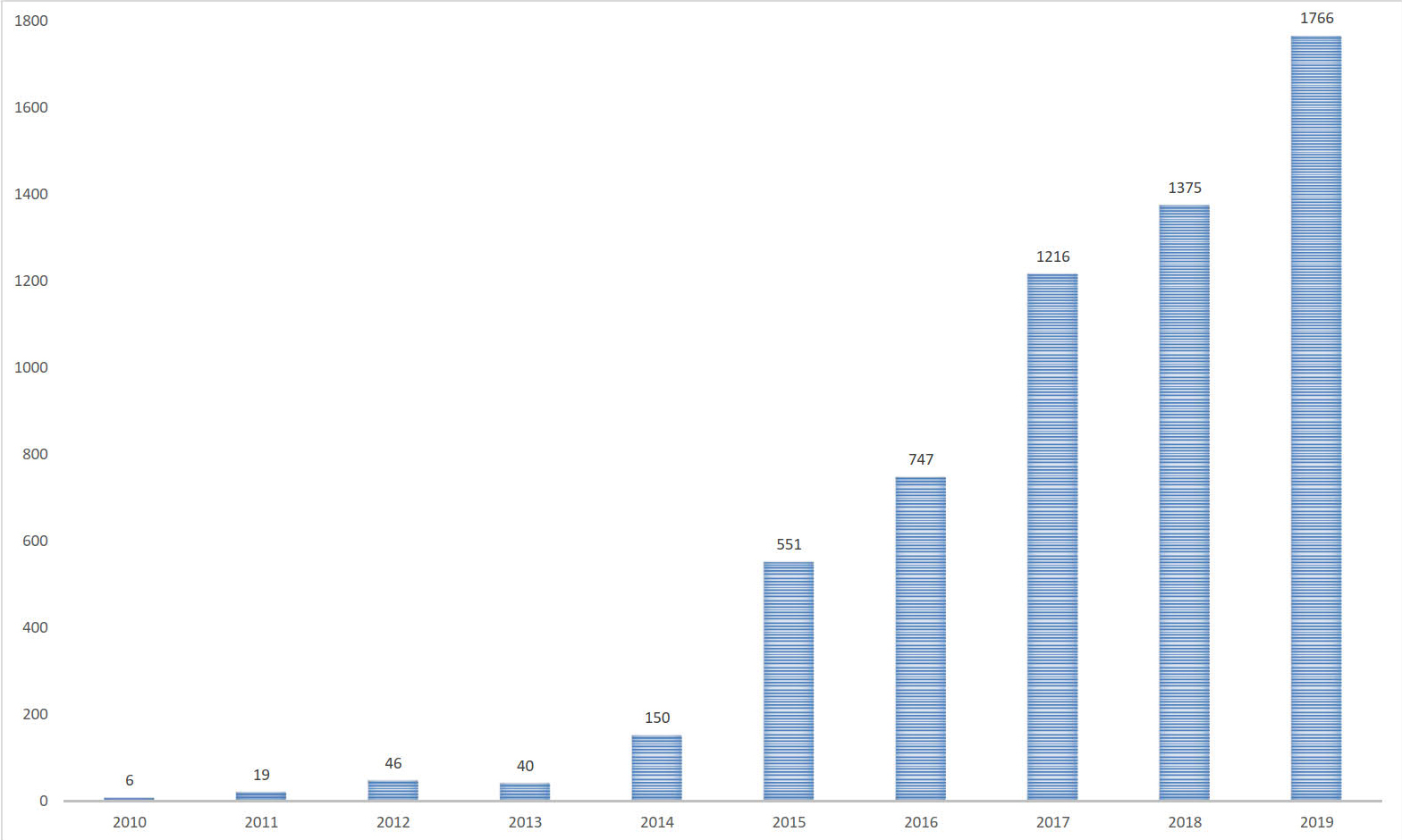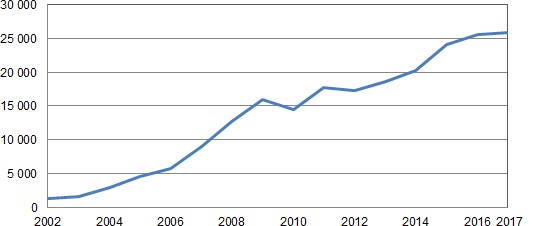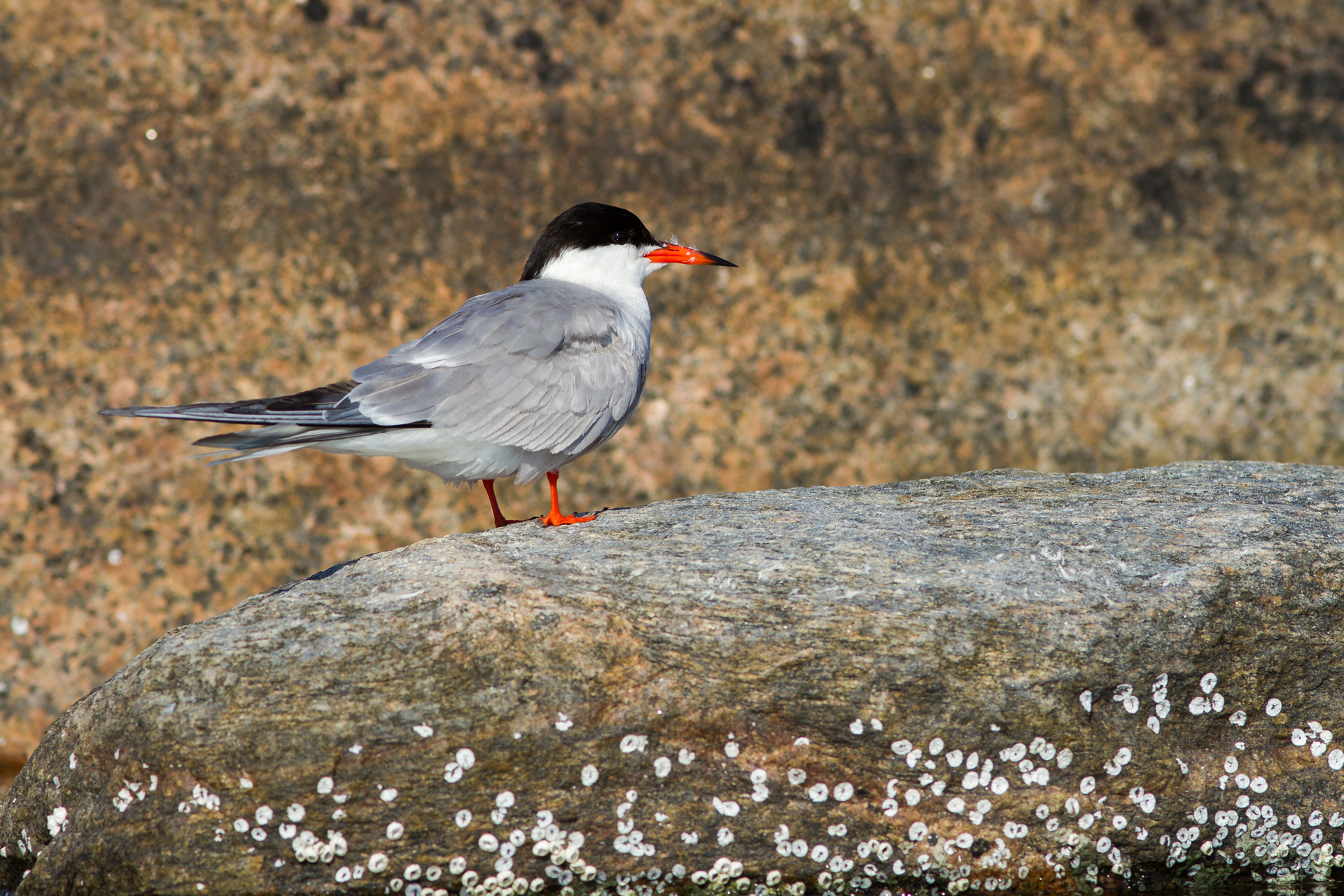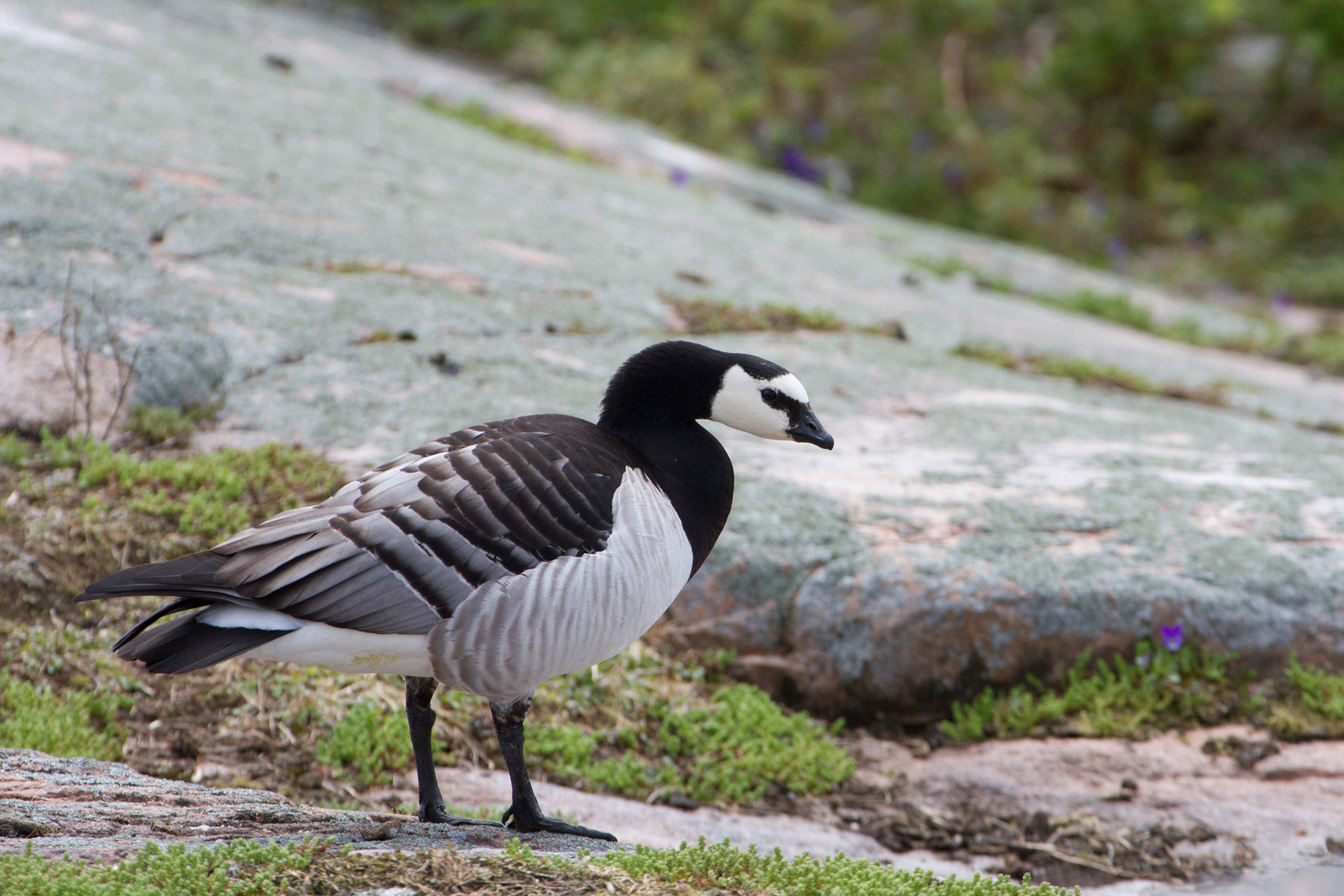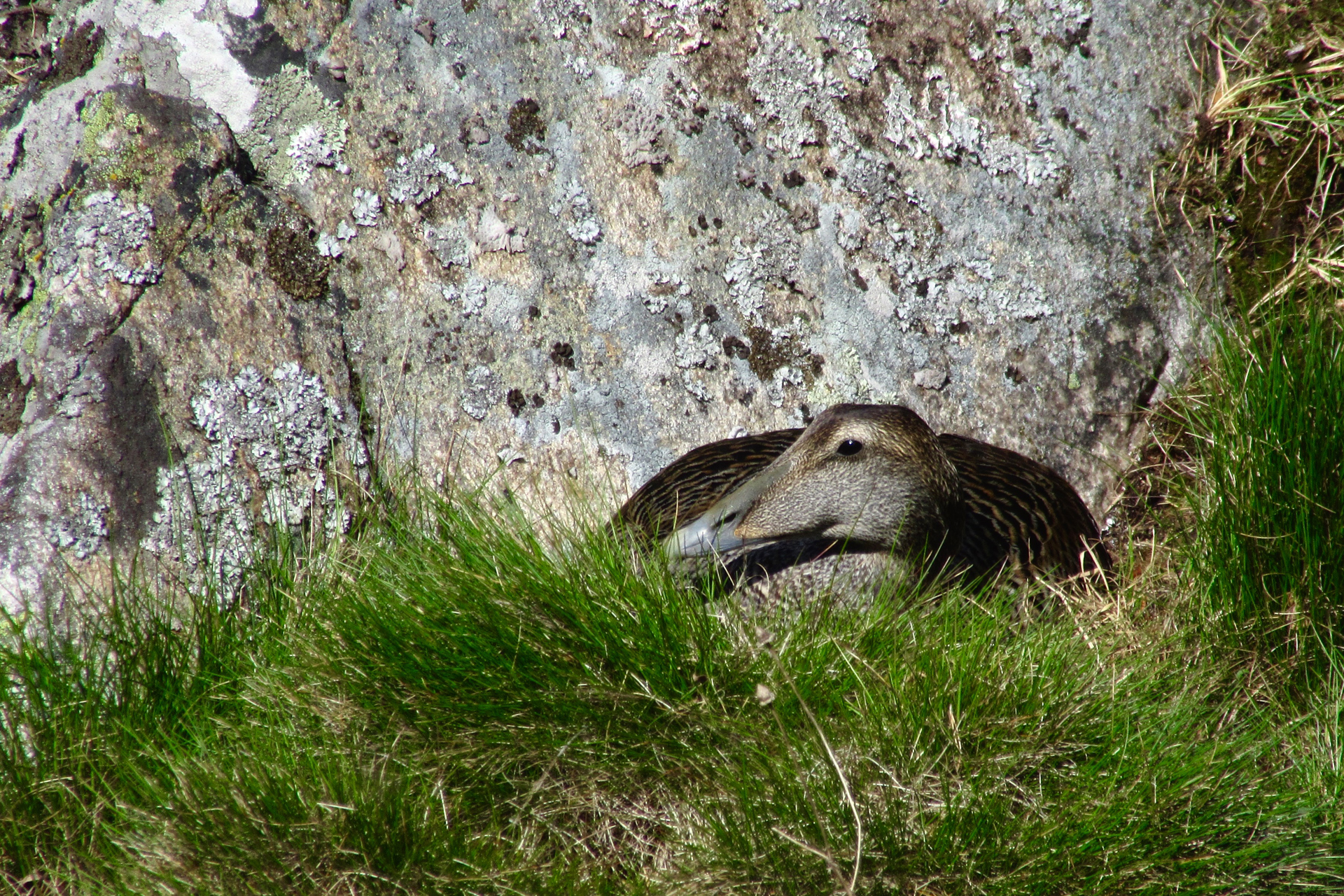An islet seized by great cormorants
To the north of Ruissalo, the tiny islet of Äijäkari which is protected under the Nature Conservation Act, serves as a nesting site for over 1,700 pairs of great cormorants. The first great cormorants arrived on the islet in 2010, and today there is no mistaking who the rugged rock covered in droppings in the summer belongs to. The colony’s growth has been significantly accelerated by efforts to drive great cormorants away from other areas in the Archipelago Sea. The increase in the number of breeding pairs has been rapid, with what used to be a few pairs growing into a large colony in under ten years. Nationwide the cormorant population is about to reach its natural peak and the bird counting in 2019 showed that cormorant population has already decreased slightly in Finland.
Great cormorants divide opinions, as they have a very visible impact on the vegetation of the islets that they nest on. The birds gather twigs for nest-building material, and some plant species cannot withstand the constant fertilisation by their droppings. As a result, the immediate vicinity of the birds’ nesting site is often rugged and devoid of vegetation. On the other hand, there are also plant species that benefit from such a high nutrient load and subsequently thrive near great cormorant nests.
Great cormorants feed on fish, which has caused conflicts with fishers. Despite the fact that the great cormorant is protected, some exceptional permits have been granted for removing their nests, though disturbance usually leads to the birds simply relocating to a new islet. Great cormorants are also preyed upon by white-tailed eagles – this type of natural regulation is a more sustainable solution for keeping their numbers in check.
